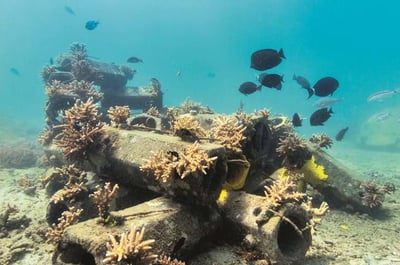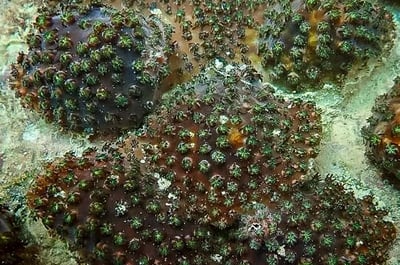Coral Restoration Methods
Various restoration approaches have been developed to combat reef degradation. Here are some of the most common:
Coral fragments are collected from healthy reefs or nurseries and transplanted to degraded areas.
These fragments are grown in underwater nurseries before being reintroduced to the reef.
Pros: Can help repopulate damaged reefs.
Cons: Success rates vary, and transplanted corals are still vulnerable to climate change.


Structures made of concrete, metal, or other materials are placed underwater to provide a surface for corals to grow.
Artificial reefs can help restore marine habitats and attract fish populations.
Pros: Provides new habitat and increases biodiversity.
Cons: Can disrupt natural ecosystems if not placed correctly.
Artificial Reefs
Coral Gardening






Scientists collect coral eggs and sperm during spawning events, fertilize them in a controlled environment, and release larvae onto damaged reefs.
Pros: Helps maintain genetic diversity.
Cons: Highly experimental and requires ideal conditions for success.
Coral Larval Reseeding
Micro-fragmentation & Assisted Evolution
Corals are broken into small fragments to accelerate their growth.
Scientists are also experimenting with breeding corals that are more resistant to warming oceans.
Pros: Encourages faster coral recovery.
Cons: Still in early research stages.
Explore
Celebrate coastal artistry and embrace the journey toward sustainable living
Crafted
CONTACT US
© 2025 Current Journeys. All Rights Reserved. The designs, images, and content on this website are the exclusive property of Current Journeys and may not be reproduced or used without written permission.
Return & Refund Policy
Inspired
